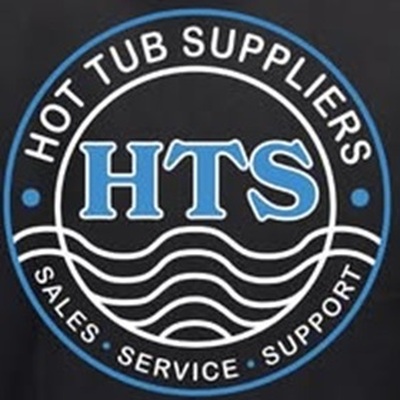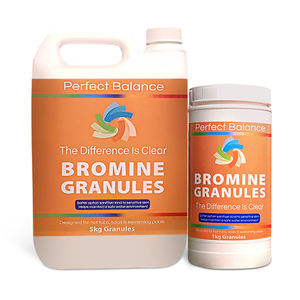Understanding the Different Types of Hot Tub Sanitizers: Chlorine, Bromine, and More
Body

Keeping your hot tub clean and safe requires more than just a good filter—it also demands an effective sanitizer. Sanitizers kill bacteria, control algae, and break down organic contaminants like sweat and body oils. Choosing the right sanitizer for your hot tub is key to maintaining water clarity, safety, and overall spa enjoyment. Let’s break down the most common hot tub sanitizers: chlorine, bromine, and alternative options.
1. Chlorine: The Classic Sanitizer
Chlorine is the most widely used sanitizer for both pools and hot tubs. It's known for its effectiveness in killing bacteria quickly and maintaining consistent sanitation levels.
Pros:
-
Fast-acting and powerful
-
Readily available and affordable
-
Familiar to most users
Cons:
-
Strong odor (that “chlorine smell” is actually chloramines, a byproduct)
-
Can be harsh on skin and eyes
-
Requires more frequent monitoring due to its volatility at high temperatures
Chlorine works best in hot tubs maintained at lower temperatures, but it can still be used in high-temperature environments with proper management. It's available in granules, tablets, or liquid form, with dichlor granules being the most popular for hot tubs due to their pH neutrality.
2. Bromine: The Spa Favorite
Bromine is the preferred sanitizer for many hot tub owners, especially those with sensitive skin or those who use their spa frequently. It is chemically similar to chlorine but behaves differently in water.
Pros:
-
Gentler on skin and eyes
-
More stable in high-temperature water
-
Longer-lasting than chlorine
Cons:
-
Slightly more expensive
-
Slower to kill bacteria initially
-
Can still develop odors if not maintained properly
Bromine is especially effective in hot tubs because it remains stable at higher temperatures. It also forms bromamines, which, unlike chloramines, continue to sanitize the water without the harsh smell.
3. Alternative Sanitizers: Going Beyond the Basics
For those looking to minimize chemical exposure or reduce maintenance, several alternative sanitizers are available. However, these usually work best as supplements rather than replacements for chlorine or bromine.
a. Ozonators:
Ozonators inject ozone gas into the water, which oxidizes contaminants. They significantly reduce the need for traditional sanitizers but don’t eliminate the need entirely.
b. UV Sanitizers:
Ultraviolet (UV) systems use light to kill bacteria and viruses as water passes through the chamber. Like ozonators, they support water cleanliness but still require a low level of chlorine or bromine.
c. Mineral Purifiers:
These systems use silver or copper ions to prevent bacterial growth. They are gentle on the skin and can reduce chemical usage, but they are not effective enough on their own for full sanitation.
d. Salt Water Systems:
Salt systems generate chlorine through electrolysis, providing a steady, low level of chlorine with less noticeable odor and irritation. These are popular for their convenience but require special equipment.
Choosing the Right Sanitizer
The best sanitizer depends on your personal preferences, budget, and how often you use your hot tub. Chlorine offers fast action and affordability, bromine gives a gentler, more spa-friendly experience, and alternative systems can complement your routine for lower maintenance.
Regardless of the method, regular testing and balancing of your water’s pH and alkalinity are essential for keeping your hot tub clean, safe, and enjoyable. With the right sanitizer, you can relax in your spa with peace of mind.
Maintain a clean, safe, and enjoyable hot tub experience with essential water care products from Hot Tub Supplier. Regular testing and balancing of your water’s pH and alkalinity is vital to prevent damage and ensure hygiene. Shop our trusted range of hot tub essentials to keep your water crystal clear.













Comments